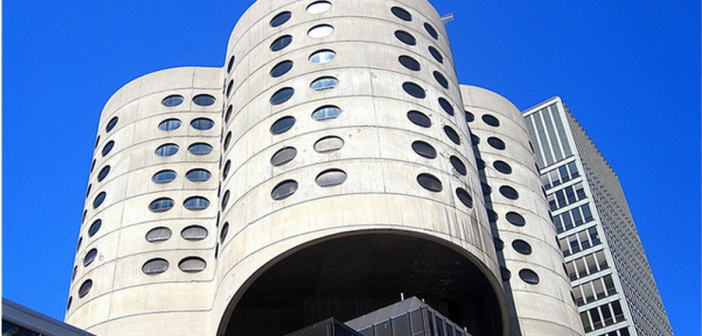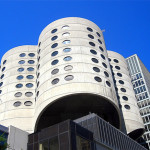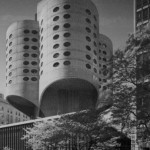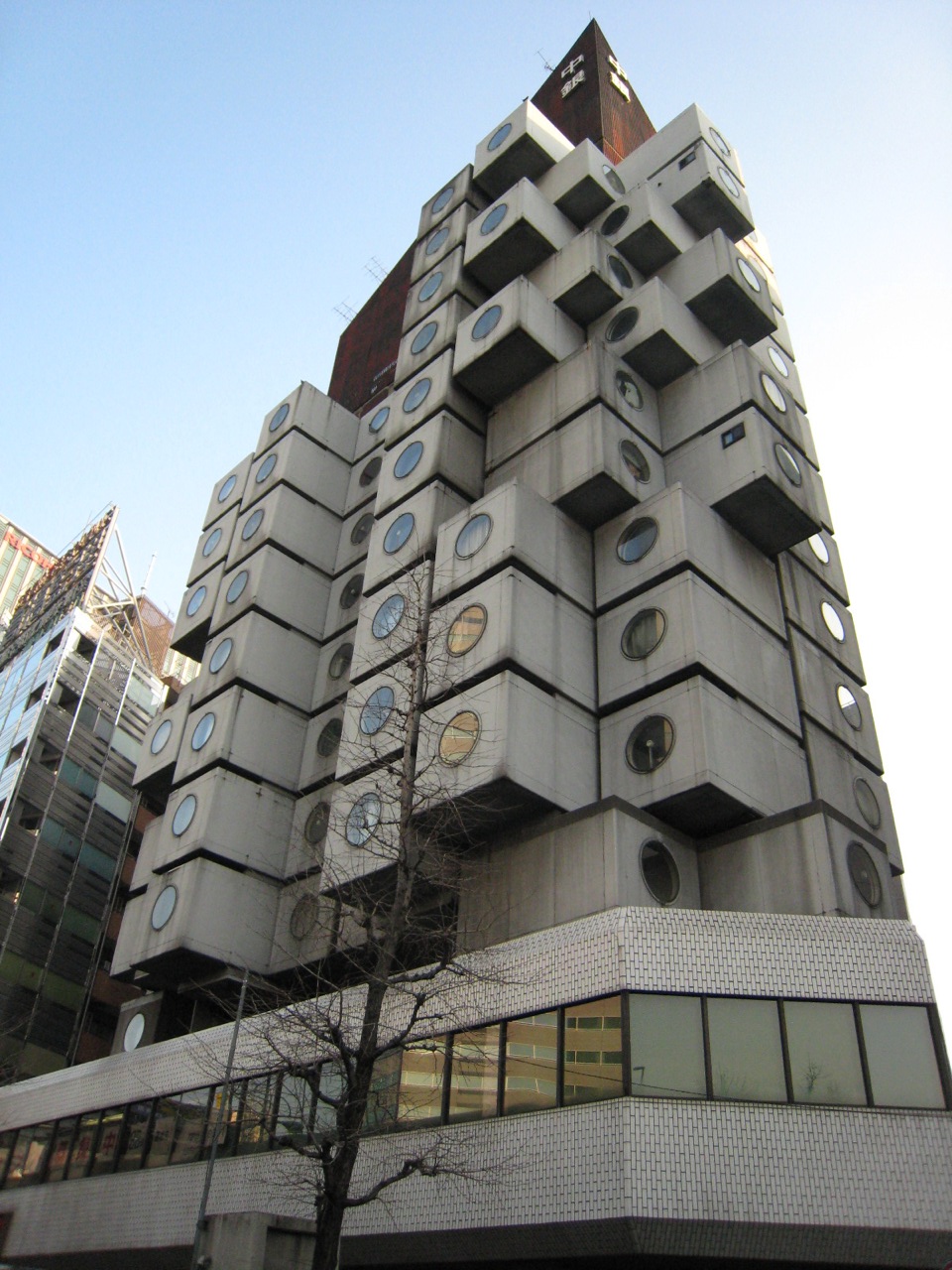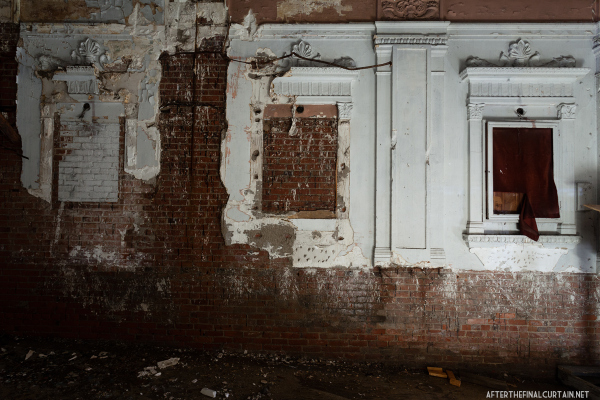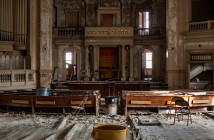Unless you’ve been hiding under a rock, you’ve heard of the campaign to save the “old” Prentice Women’s Hospital in Chicago. The movement to save from demolition one of modernism’s boldest, most unusual and least understood concrete buildings gains momentum as time goes by—but time, as we know it, is either a friend or a foe of preservation. The official petition to stop the demolition of this modern icon has over 3,000 supporters. Scholars, preservationists and architects such as Pritzker Architecture Prize winners Frank Gehry, Robert Venturi, Tadao Ando, Jacques Herzog, Pierre de Meuron and Eduardo Souto de Moura, along with MacArthur Foundation "genius" Fellow and architect Jeanne Gang, Tod Williams and Billie Tsien of New York, countless organizations, architecture critics and concerned citizens have all lent their voices in support of saving and reusing the “old” Prentice Women's Hospital.
Completed in 1975, the clover-leaf shaped building was designed by Bertrand Goldberg, an architect trained at Harvard University and briefly at the Bauhaus under the direction of Ludwig Mies van der Rohe. Using concrete as his medium, Goldberg created an architectural and engineering marvel using load bearing exterior shells cantilevered off a core. He achieved this in 1975 using what would be considered today, “dinosaur-age” computers. Interested in the human condition, Goldberg’s floor plan at Prentice facilitated interaction between the staff and patients.
Internationally known for Chicago’s Marina City Complex, Goldberg designed everything from residences, theaters, furniture to educational and health care facilities including the Brigham Hospital in Boston’s Longwood Medical Area. Bearing many similarities to Prentice Hospital including the clover shaped plan, Brigham Hospital isn’t as bold, expressive and graceful as Prentice is. Geoffrey Goldberg, son of Bertrand said that “[one]will not find the structural solution to Prentice, which is an exterior shell cantilevered off a core, anywhere else in the world and Prentice was the only one in which this was achieved.” This is true for Brigham Hospital.
At only 37 years old, the “old” Prentice Hospital is too young to be considered historic, let alone qualify for listing on the National Register of Historic Places which requires buildings to be at least 50 years old to qualify. It can, however, be designated a local Chicago landmark—a designation that could potentially save this “ugly duckling”* from demolition's wrecking ball.
The building is threatened with demolition by its current owners Northwestern University, who plans on constructing a new research facility in its place. A reuse study has been conducted by Landmark Illinois, proving that the building could be saved and reused by the university—but the battle wages on.
I will go as far as to equate the battle to save Goldberg’s Prentice Hospital to that of McKim Mead & White’s Penn Station, whose demolition began 50 years ago on October 28, 1963. “Any city gets what it admires, will pay for, and, ultimately deserves. Even when we had Penn Station, we couldn’t afford to keep it clean. We want and deserve tin-can architecture in a tin-horn culture. And we will probably be judged not by the monuments we build but by those we have destroyed," wrote Ada Louise Huxtable on October 30, 1963—then architecture critic for The New York Times.
These now famous words have become synonymous with the modern preservation movement and it would be a shame to look back and lament towards the loss of Prentice Hospital. To lose Prentice would be a devastating loss for our cultural heritage, a blow to preservationists working to save the concrete buildings much maligned today and ultimately, it will leave a unfathomable void in Chicago’s rich architectural fabric. In short and to quote Cheryl Kent, Special to the Chicago Tribune and everyone else who supports the reuse of Prentice, “[t]he building should be saved.”
*For the record, I've never considered Goldberg's Prentice Hospital an "ugly duckling" but rather a "beautiful swan."
- Photo courtesy of ChicagoGeek on Flickr. Used under the Creative Commons License.
- Prentice Women’s Hospital when completed. Photo courtesy G. Goldberg + Associates.
- Reuse study for the Goldberg’s Prentice Women’s Hospital. Photo courtesy of Landmarks Illinois.
- Brigham Hospital, Boston. Photo courtesy G. Goldberg + Associates

